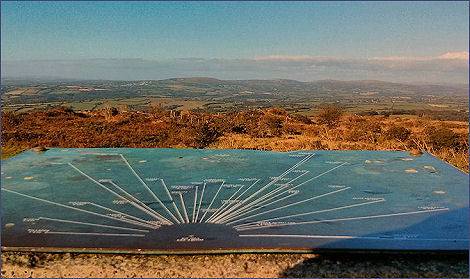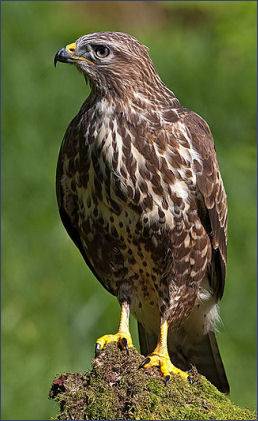Kit Hill Country Park
Os Grid ref:- SX 375713
 Situated between Dartmoor and Bodmin Moor, the rugged rugged granite hilltop of Kit Hill is famous for its stunning views and fascinating history as well as its flora and fauna. With 400 acres (152 hectares), Kit Hill is the most dominant landscape feature in East Cornwall.
Situated between Dartmoor and Bodmin Moor, the rugged rugged granite hilltop of Kit Hill is famous for its stunning views and fascinating history as well as its flora and fauna. With 400 acres (152 hectares), Kit Hill is the most dominant landscape feature in East Cornwall.
Known in the Cornish language as Bre Skowl and rising to at 334 metres high, Kit Hill dominates the area between Callington and the River Tamar. 'Kit' derives from the Old English word Kite, in reference to birds of prey. Buzzards, Kestrels and Sparrowhawks can still be sighted on the hill. The hill supports a variety of insects, reptiles, birds and mammals. Cuckoo, Stonechats, skylarks and tree pipits nest in the heathland. Furry moth caterpillars are common on the heather and during the summer months the sunny slopes are popular with basking adders. Nature has even reclaimed mine workings with bats roosting deep underground.
 Kit Hill features a Neolithic Long Barrow dating back to about 3,000 BC, the barrow stands on the hill's lower eastern slope, along with several Bronze Age barrows. . The area around these is maintained by a ranger and volunteers, who also generally keep the vegetation on the hill under control.
Kit Hill features a Neolithic Long Barrow dating back to about 3,000 BC, the barrow stands on the hill's lower eastern slope, along with several Bronze Age barrows. . The area around these is maintained by a ranger and volunteers, who also generally keep the vegetation on the hill under control.
The Anglo-Saxon Chronicle records that in 835 Egbert, king of the West Saxons defeated an army of Vikings and Cornish at Hengestdun, or "Stallion Hill", which is usually interpreted as being at Hingston Down. The fleet of Danish Vikings is thought to have landed at Plymouth Sound in 838 and this is still commemorated in the annual Viking parade in Calstock, where locals dressed as Vikings row up the river to Danescombe, thought to be one of the sites of the landing of the Danish boats.
At the summit of Kit Hill is an artificial fort which was built by Sir John Call of Whiteford, Stoke Climsland, constructed in the style of a low-walled Saxon castle.
The Country Park has a long history of mining, metals extracted included, tin, silver, copper and wolfram. The main mines included the Kit Hill Summit Mines, which started in about 1826, Kit Hill United closed in 1864. East Kit Hill Mine was worked from 1855 to 1909. Hingston Down mine was a very early mine, evidence reveals it may have been started in the seventeenth century, it closed in 1885. South Kit Hill Mine was worked from 1856 to 1884. The Summit Stack built in 1858 for the Kit Hill Great Consols/ Kit Hill United mining complex and is a famous landmark. The chimney served a steam engine that pumped water and lifted ore from the deep mine workings.
Formerly owned by the Duchy of Cornwall, Kit Hill Country Park, which includes the hill and its surrounding areas, was given to the people of Cornwall by Prince Charles in 1985 to mark the birth of Prince William. It is managed by Cornwall Council.